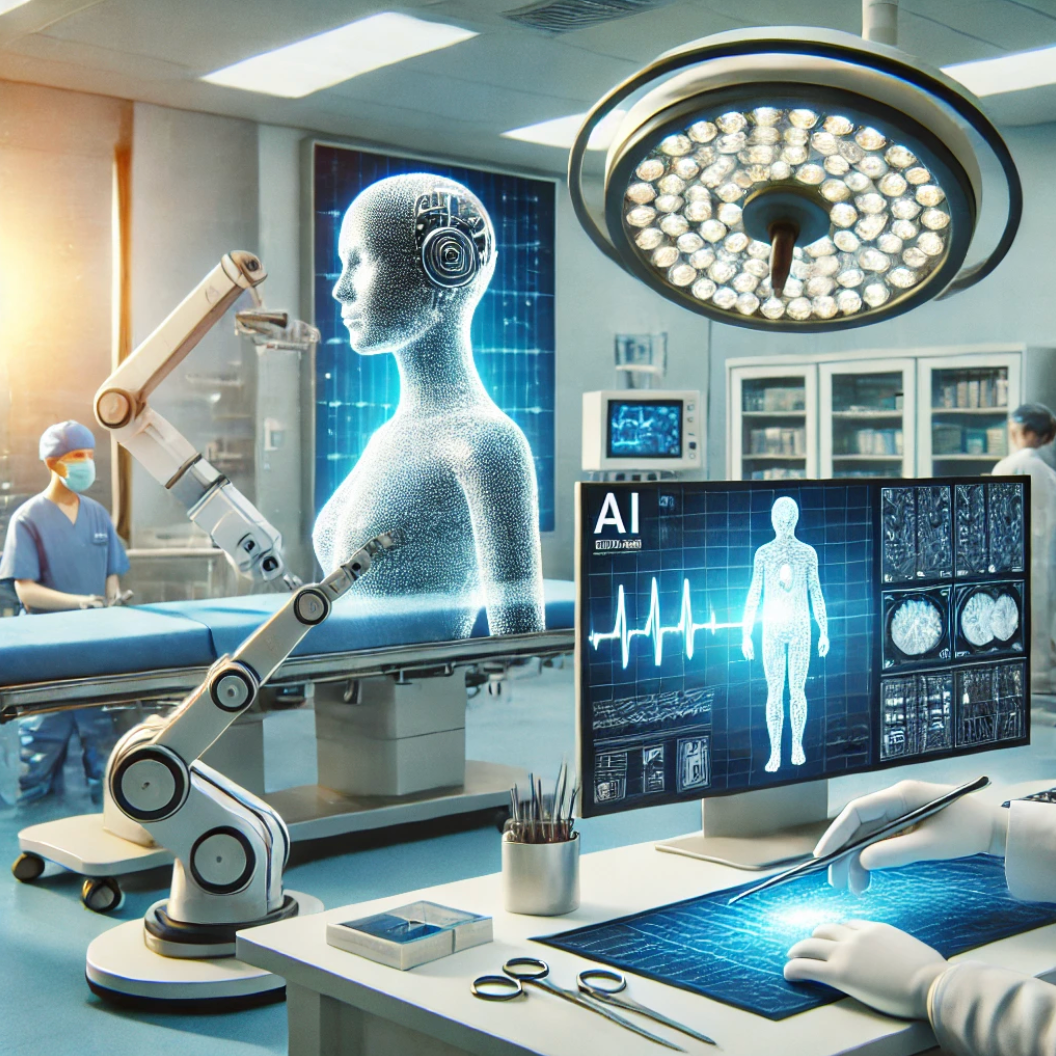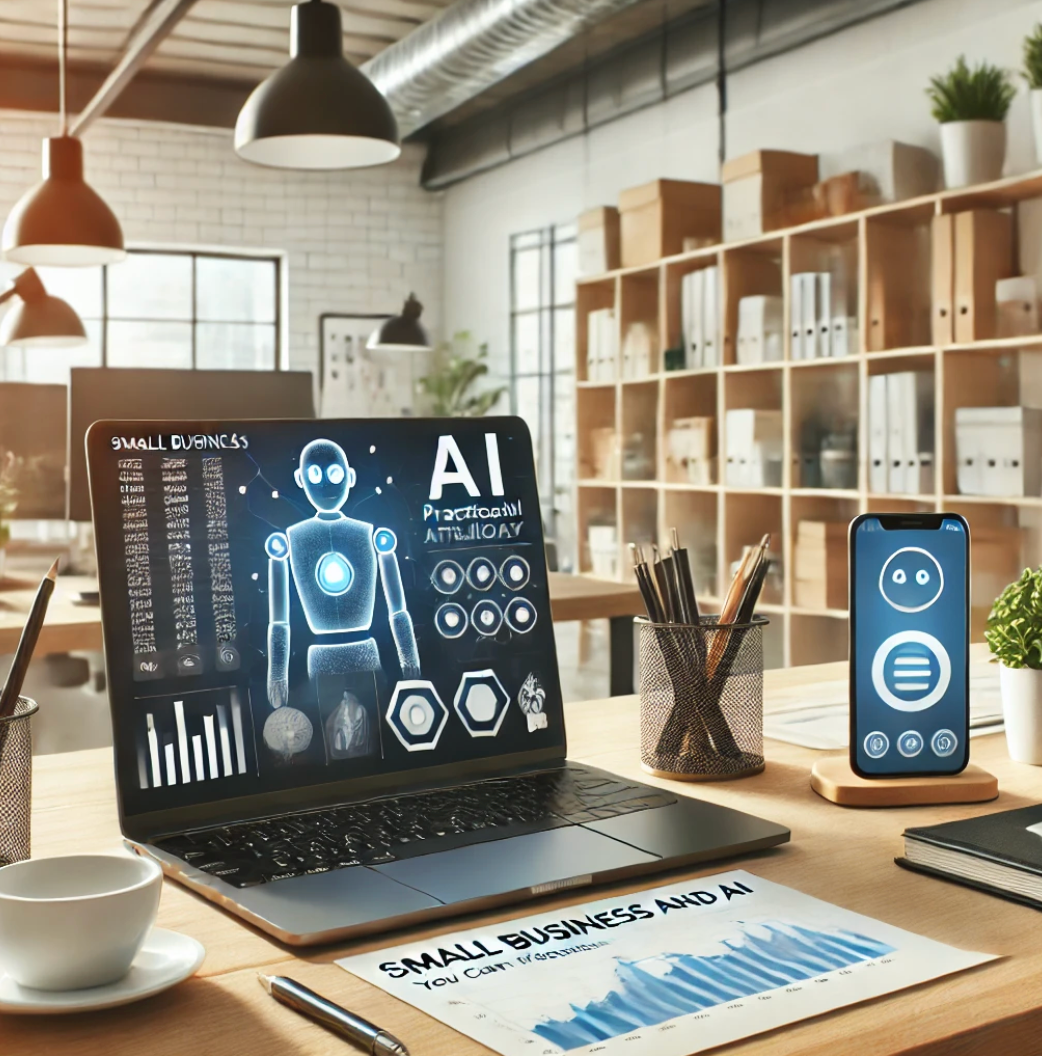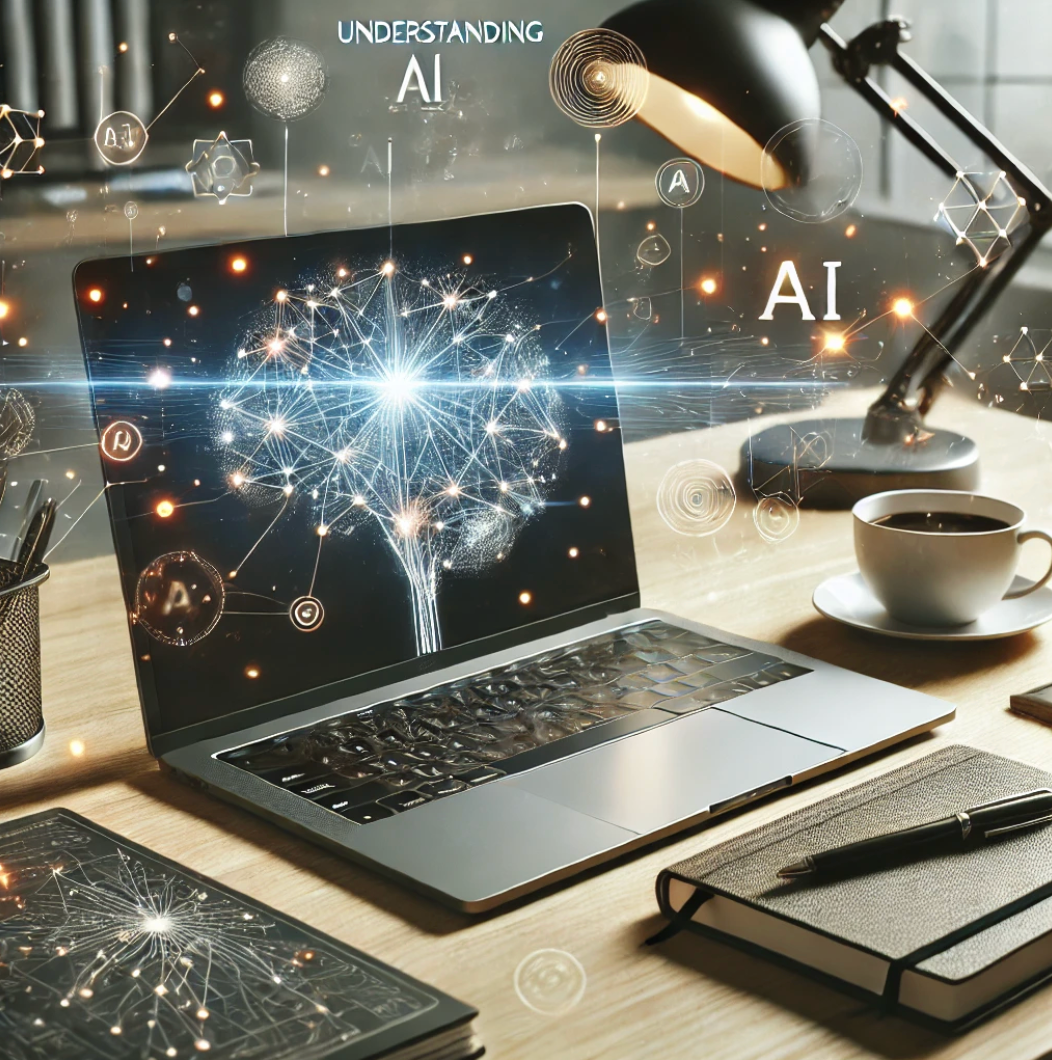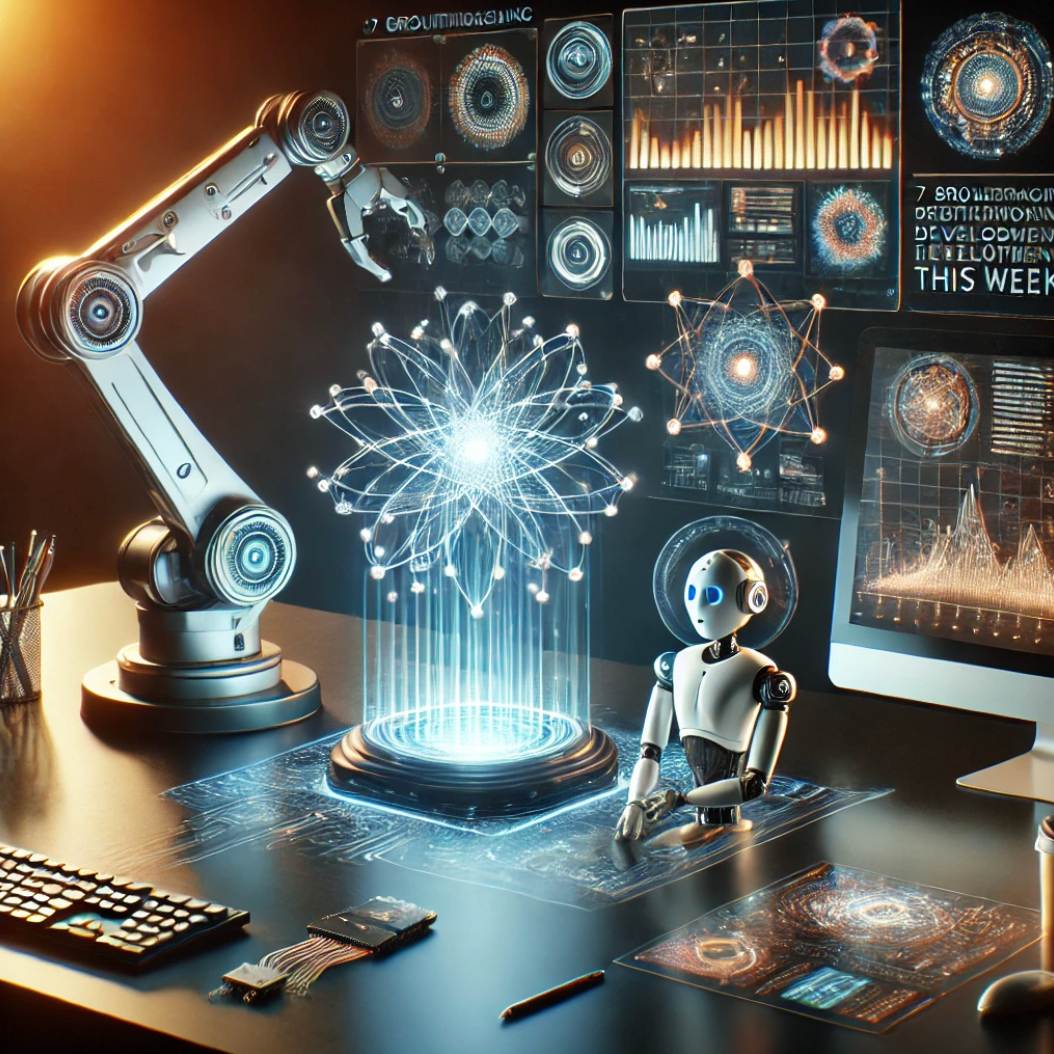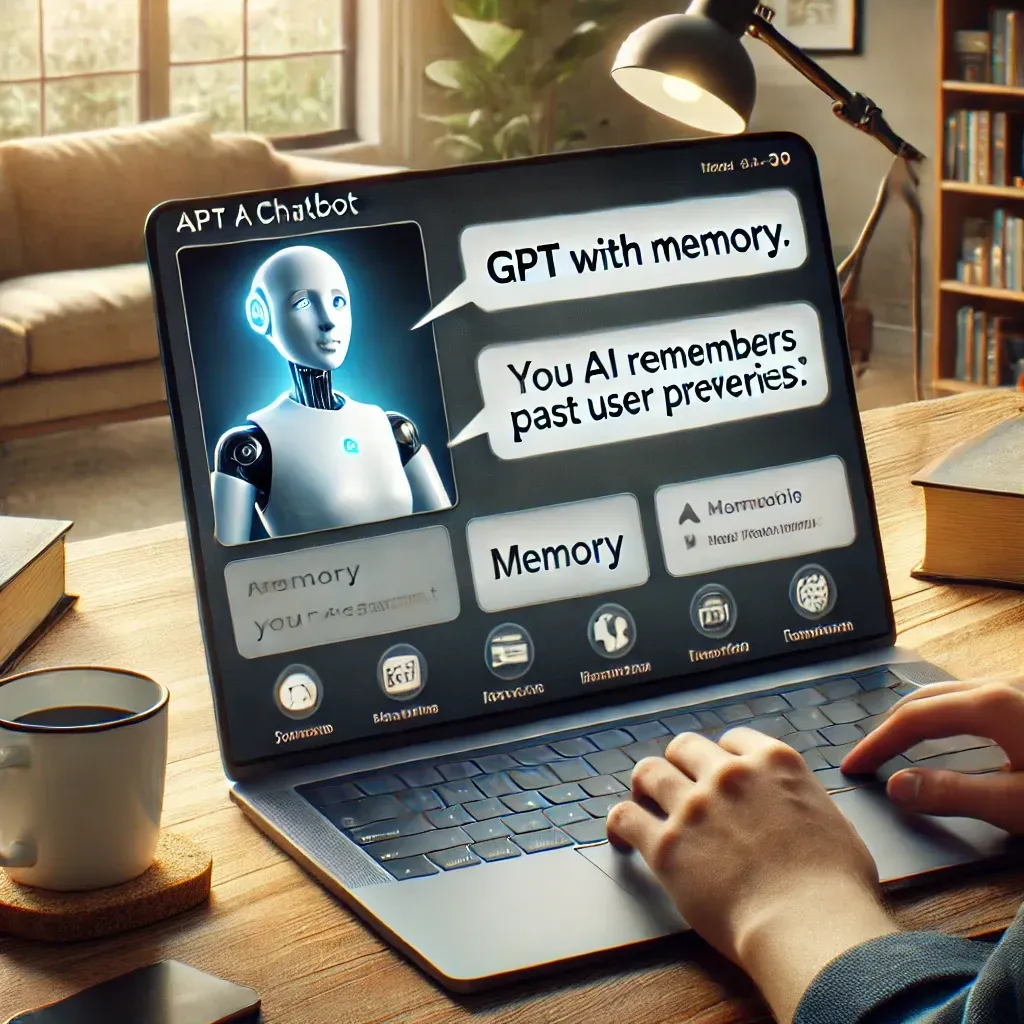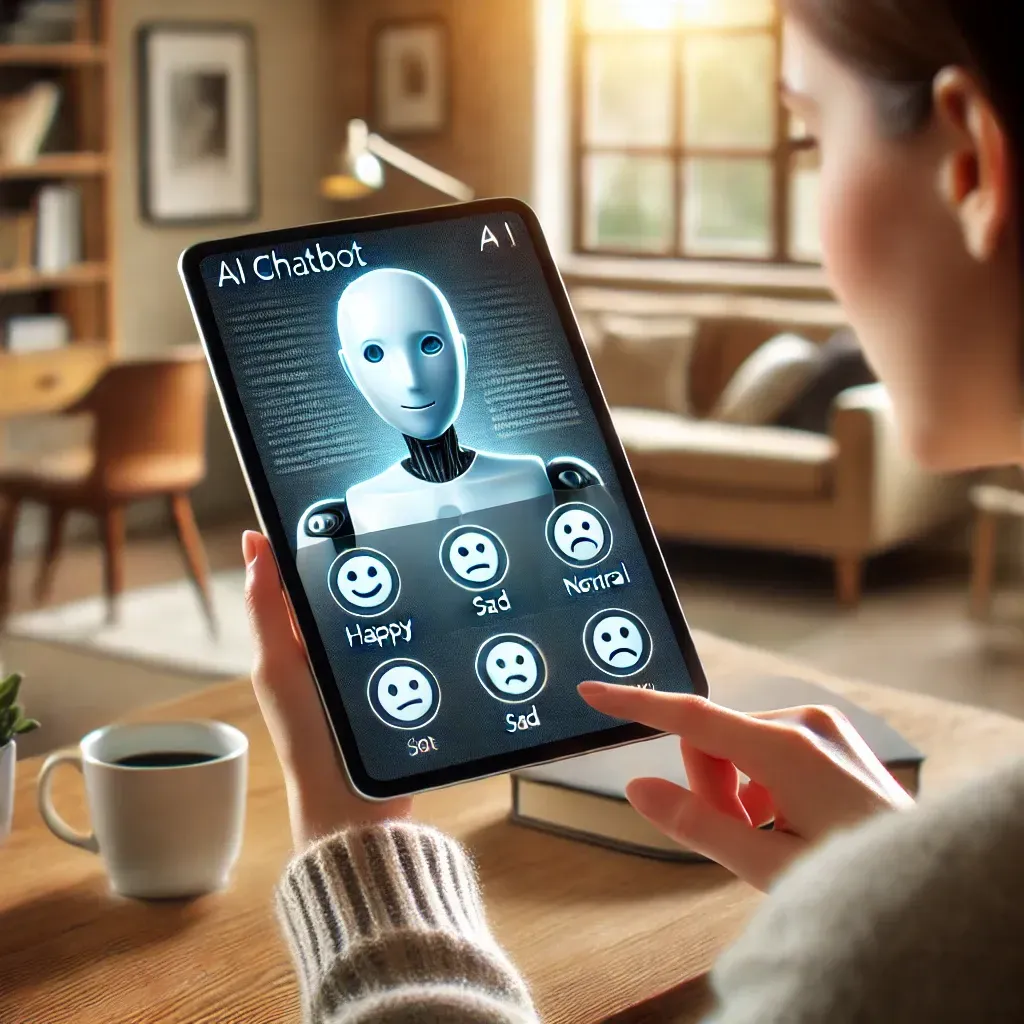AI Convergence
The Symphony of Techniques for Enhanced Solutions
Artificial intelligence (AI) is no longer relegated to science fiction. It's rapidly transforming industries, from healthcare and finance to manufacturing and entertainment. But AI isn't a one-size-fits-all solution. It's an umbrella term encompassing a diverse range of techniques, each with its own unique strengths and limitations.
This blog post dives deeper into the concept of AI convergence, exploring how the integration of multiple AI techniques can unlock a new level of problem-solving power. Imagine an orchestra where each instrument represents a distinct AI technique. Here's a closer look at some of the key players in the AI orchestra.
Machine Learning (ML): The foundation of many AI applications, ML algorithms learn from data to identify patterns and make predictions. Think of it as the conductor, coordinating the overall performance and ensuring the different techniques work together harmoniously. There are various types of machine learning algorithms, each with its own specialization, such as:
- Supervised Learning: Trains on labeled data (data with known outcomes) to learn the relationship between inputs and outputs. For example, a supervised learning algorithm can analyze medical images labeled as cancerous or benign to learn to identify cancerous tumors in new, unseen images.
- Unsupervised Learning: Discovers hidden patterns in unlabeled data. For instance, unsupervised learning can be used to group customers into different segments based on their purchasing behavior.
Deep Learning (DL): A subfield of machine learning inspired by the structure and function of the human brain. Deep learning utilizes artificial neural networks with multiple layers to process complex data, such as images, text, and speech. Think of it as the virtuoso soloist, capable of tackling intricate tasks with exceptional accuracy. Deep learning excels in areas like:
- Image Recognition: Deep learning algorithms can analyze images and videos to identify objects, scenes, and activities with high precision. This is crucial for self-driving cars and facial recognition applications.
- Natural Language Processing (NLP): Deep learning empowers AI systems to understand and generate human language. This is used in chatbots, machine translation, and sentiment analysis.
Computer Vision (CV): Focuses on enabling computers to "see" and interpret the visual world. CV algorithms process digital images and videos to extract information about objects, their properties, and their relationships within the scene. Imagine it as the section of violins and cellos, providing detailed visual data for the AI system to analyze. Computer vision has applications in:
- Object Detection and Tracking: Identifying and tracking objects in real-time, critical for autonomous vehicles and security surveillance systems.
- Image Segmentation: Dividing an image into different regions based on the content, allowing for tasks like identifying specific objects in a scene or segmenting medical scans for analysis.
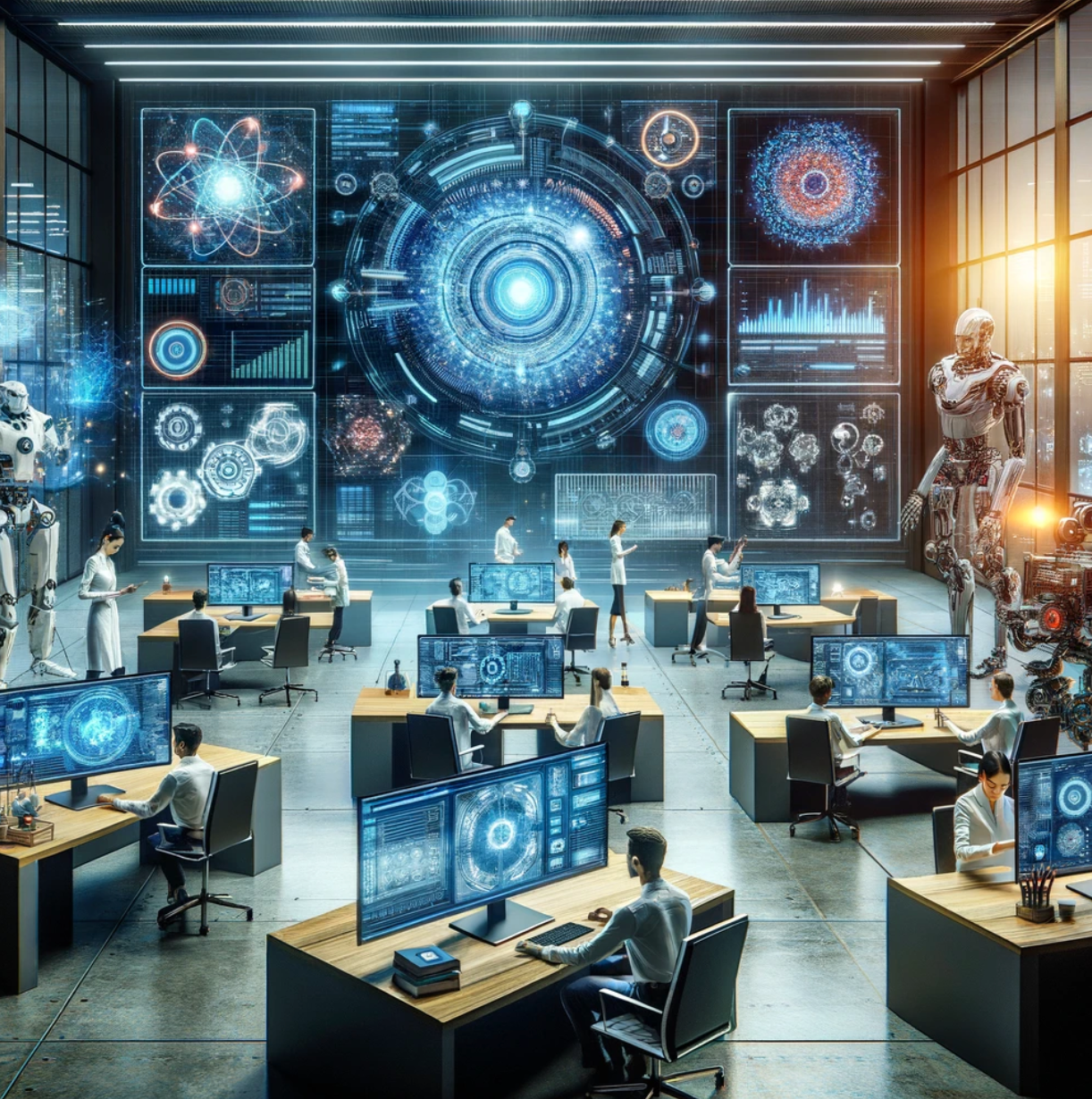
The Magic of Convergence: A Powerful Synergy
The true brilliance lies in the collaboration between these techniques. Just like an orchestra playing together creates a richer and more complex sound than each instrument playing alone, AI convergence unlocks a new level of problem-solving potential. Here are some real-world examples:
- Self-Driving Cars: Imagine a self-driving car navigating a busy street. Computer vision identifies traffic lights, pedestrians, and other vehicles. Machine learning algorithms interpret these visual cues and historical data to make real-time decisions about braking, accelerating, and changing lanes. Deep learning may even be used to predict the behavior of other drivers and pedestrians, enhancing safety.
- Fraud Detection: Financial institutions leverage a combination of techniques to combat fraud. Machine learning may analyze transaction patterns to identify anomalies, while natural language processing can scan emails and chat logs for suspicious language. Additionally, computer vision might be used to detect forged documents or identify individuals attempting unauthorized access.
- Medical Diagnosis: AI convergence is transforming healthcare. Natural language processing allows AI systems to analyze medical records and patient data. Machine learning algorithms can identify patterns in symptoms and medical images, potentially aiding in early disease detection. Deep learning may even be used to analyze complex medical scans like MRIs and CT scans with higher accuracy than traditional methods.
The benefits of AI convergence are numerous:
- Enhanced Accuracy and Performance: By combining the strengths of different approaches, AI systems can achieve superior levels of accuracy and perform more intricate tasks.
- Improved Generalizability: AI models trained on multiple techniques tend to be more generalizable, meaning they can adapt to new situations and perform well on unseen data.
- Tackling Complex Challenges: The synergy between techniques allows us to address intricate problems that were previously intractable with a single approach.
The Future of AI Convergence: A Symphony of Innovation
The field of AI convergence is still evolving, but its potential is undeniable. As AI techniques continue to develop and become more sophisticated, we can expect even more powerful and innovative solutions to emerge across various sectors. Here's a glimpse into what the future of AI convergence might hold:
- Explainable AI (XAI): A crucial aspect of AI convergence is ensuring explainability and transparency. XAI techniques will help us understand how AI models arrive at their decisions, fostering trust and ethical considerations in AI development.
- Neuromorphic Computing: Inspired by the human brain, neuromorphic computing aims to create hardware that mimics the structure and function of the nervous system. This could lead to AI systems that are more efficient, adaptable, and capable of real-time decision-making.
- AI for Social Good: AI convergence has the potential to address some of humanity's most pressing challenges. Imagine AI systems tackling climate change by optimizing energy use or assisting in disaster relief efforts by coordinating aid distribution and rescue operations.
Stay Ahead of the Curve with Our AI Newsletter:
The world of AI is constantly evolving, and AI convergence is at the forefront of this exciting revolution. Don't miss out on the latest advancements and practical applications of this powerful approach. Sign up for our newsletter and gain access to valuable insights:
- In-depth articles: Delve deeper into the technical aspects of AI convergence and explore specific use cases across different industries.
- Future forecasts: Stay ahead of the curve with our analysis of emerging trends and predictions for the future of AI convergence.
By subscribing to our newsletter, you'll be equipped to navigate the ever-changing landscape of AI and leverage the power of AI convergence for your own endeavors. Join us on this exciting journey of discovery as AI continues to shape the future!
Sign Up For Our Weekly Newsletter and Get Your FREE Ebook " AI For Everyone - Learn the Basics and Embrace the Future"

